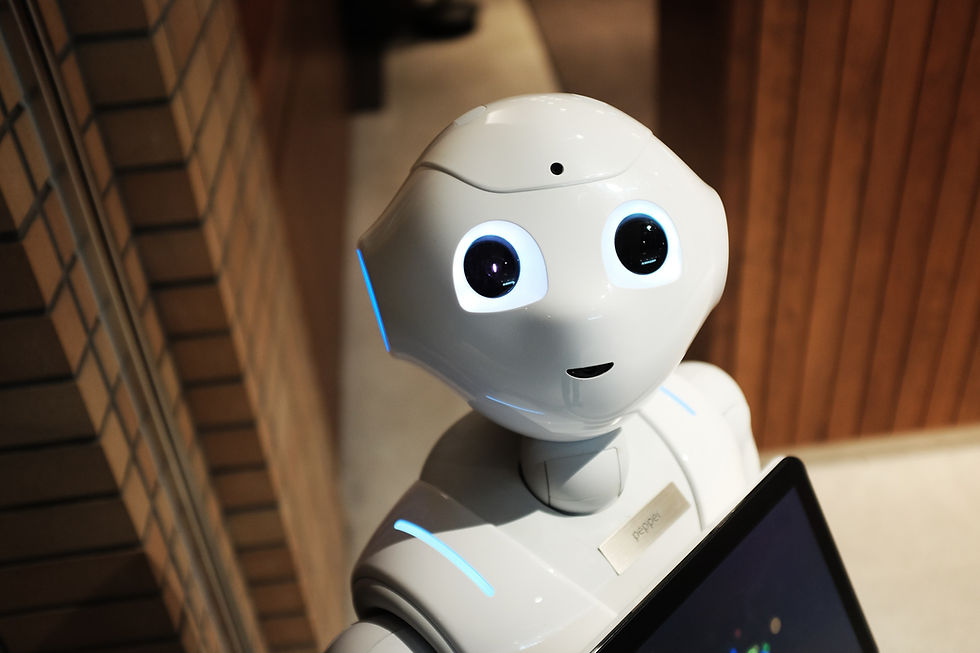AI vs Illustrator: The Future of Illustration
- OBEDSKY

- Apr 1, 2023
- 3 min read

Artificial intelligence (AI) has come a long way in recent years, transforming various industries and professions, including design and illustration. As AI technologies continue to develop, many are wondering what the future holds for illustrators in the face of this new competition. While some fear that AI will eventually replace human illustrators altogether, others argue that AI and illustration can actually work together to enhance creativity and productivity. To understand the future of illustration in the age of AI, it is important to explore the current state of AI technologies and their impact on the field of illustration, as well as the unique strengths and abilities of human illustrators that cannot be replicated by machines.
AI has been used to generate images and graphics for a wide range of industries, from advertising to product design. The technology has become so advanced that it can produce realistic and accurate images, often faster and cheaper than humans can. AI-generated images can be used for everything from creating realistic 3D models to designing logos and other branding materials.

One potential benefit of AI-generated images is that they can be produced at a faster rate than human illustrations. This could be particularly useful for large-scale projects, where quick turnaround times are essential. Additionally, AI-generated images can be more consistent in terms of style and quality, making them ideal for projects that require a standardized look and feel.
However, while AI-generated images have many benefits, there are also some potential drawbacks to consider. For example, AI-generated images lack the creativity and originality that human illustrators can bring to a project. Illustrators are trained to think creatively, come up with unique ideas, and communicate them visually. AI, on the other hand, can only create images based on pre-existing data or algorithms, and cannot provide the same level of creative input as a human illustrator.
Another drawback of AI-generated images is that they lack the emotional depth and subtlety that human illustrators can bring to their work. Illustrations often convey complex emotions and ideas, and this requires a level of nuance and understanding that AI is not yet capable of replicating. Additionally, illustrations that are created by human illustrators often have a unique style or personality that is difficult to replicate using AI.
Furthermore, AI-generated images can lack the authenticity and uniqueness that human illustrations can bring to a project. A human illustrator can inject their own style, personality, and experiences into their work, making it more authentic and relatable to the target audience. AI-generated images, on the other hand, are often limited to pre-existing data or algorithms and may lack the unique perspective that comes with human creativity.

While there is no denying the impact that AI technologies are having on the field of illustration, it is important to remember that AI and human illustrators are not necessarily in competition with each other. In fact, there is great potential for collaboration and mutual enhancement between the two. AI can assist human illustrators in tasks such as color selection, perspective, and lighting, freeing up more time for them to focus on the creative aspects of their work. Human illustrators, on the other hand, bring a unique perspective, artistic style, and emotional intelligence to their work that cannot be replicated by machines. Additionally, many clients still prefer to work with human illustrators because of their ability to communicate and collaborate in a way that machines cannot. Ultimately, the future of illustration in the age of AI is likely to involve a symbiotic relationship between human creativity and machine assistance, with each complementing and enhancing the other to create even more impactful and engaging illustrations.




Comments